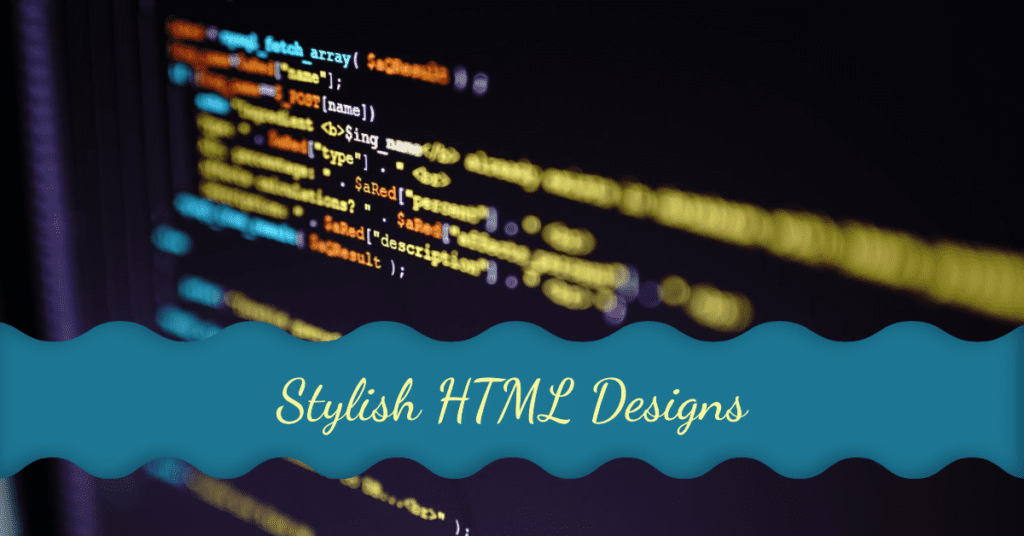HTML Introduction
Decoding the Web: An In-Depth HTML Introduction for Aspiring Developers What is html? HyperText Markup Language, denoted by the acronym HTML, serves as a markup language dedicated to crafting web pages and various document types showcased on the expansive canvas of the World Wide Web (WWW). HTML is used to structure content on the web, […]









